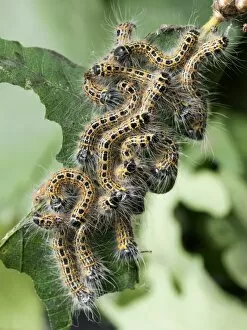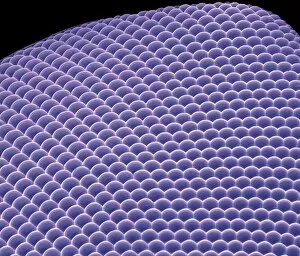Lepidopteran Collection (#20)
"Lepidopteran Wonders: A Kaleidoscope of Butterfly Beauties" Step into the enchanting world of Lepidoptera, where vibrant hues and delicate wings take flight
All Professionally Made to Order for Quick Shipping
"Lepidopteran Wonders: A Kaleidoscope of Butterfly Beauties" Step into the enchanting world of Lepidoptera, where vibrant hues and delicate wings take flight. From the majestic Ornithoptera alexandrae, also known as Queen Alexandra's birdwing butterfly, to the mesmerizing sea green swallowtail butterfly, each species captivates with its unique charm. Among them is Phoebis sennae, the cloudless sulphur butterfly, gracefully fluttering through meadows in a burst of sunny yellow. And let us not forget Xanthopan morganii praedicta, the sphinx moth with its long proboscis perfectly adapted to sip nectar from deep-throated flowers. The crowned hairstreak butterfly showcases intricate patterns on its wings that resemble a regal crown fit for royalty. Meanwhile, Painted lady butterfly C016/2299 flaunts an artistic masterpiece painted by nature itself. Enter the realm of Morpho cypris - behold the breathtaking blue morpho butterfly. Its iridescent azure wings shimmer like precious gemstones under sunlight. These butterflies hail from Amazon rainforests and are celebrated in H. W. Bates' enthralling book "Butterflies from the Amazon. " Speaking of entomological wonders, imagine exploring H. W. Bates' illustrated notebooks filled with meticulous observations and sketches capturing these delicate creatures in their natural habitats. Delve deeper into this captivating world as you encounter various entomological specimens of Lepidoptera meticulously preserved for scientific study and admiration alike. Finally, meet the Spanish festoon butterfly - a true embodiment of elegance and grace with its striking black-and-white patterned wings that dance effortlessly through fields and gardens. In this vast tapestry woven by nature herself, Lepidopterans reveal their timeless allure through colors that defy imagination and patterns crafted with unparalleled precision.































